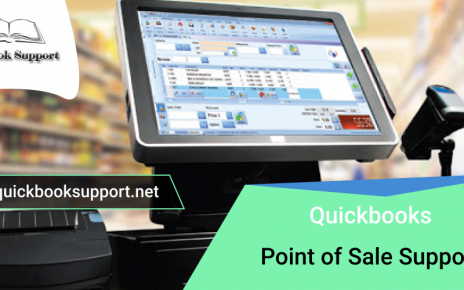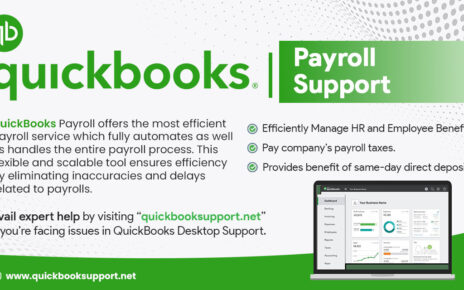Learn how to track your inventory in QuickBooks Online Plus and Advanced.
QuickBooks Online supports everything that you need to manage your inventory. Track what’s on hand, get alerts when it’s time to restock, and see insights on what you buy and sell. We’ll help you set it all up and get going.
If you don’t have Plus or Advanced, upgrade your QuickBooks plan once you’re ready to start tracking your inventory.
Step 1: Turning on inventory tracking
If you haven’t yet, turn on these settings so you can add your inventory.
- Go to Settings⚙ and select Account and Settings.
- Select Sales.
- Select Edit✎ in the Products and services section.
- Turn on Show Product/Service column on sales forms.
- You can also turn on price rules if you want to set up flexible pricing for the things you sell.
- Turn on both Track quantity and price/rateand Track inventory quantity on hand.
- Select Saveand then Done.
How QuickBooks takes care of your inventory accounting
QuickBooks always considers the first items you purchase as the first items you sell. Accountants call this method “first in, first out” or FIFO.
FIFO isn’t used by all accounting software. QuickBooks Desktop Pro and Premier, and other accounting software use average costing instead.
Let the IRS know you’re switching to FIFO, if you’re moving from average costing or a product that uses it.
Step 2: Add your inventory products
Now that your settings are in order, you can add your inventory items.
Add things you buy or sell but don’t track as inventory
Not everything you buy or sell is part of your inventory. Here are other things you might also need to set up in QuickBooks:
- Add any services you provide to customers. For example: landscaping or bookkeeping services.
- Add non-inventory items. These are things you buy or sell but don’t (or can’t) track as inventory. For example: nuts and bolts used in installation.
- Create a bundle. for any collection of products or services that you sell together. For example: a gift basket of fruit, cheese, or wine. Adding these products in a bundle saves you from having to select them one by one in invoices or receipts.
Step 3: Keep track of what sells
Once you set up all your inventory products, you track them when they sell. There are two ways to track what you sell:
- Create an invoice if you’ll get paid later.
- Add a sales receipt if your customer paid on the spot.
QuickBooks then decreases what’s on hand by the amount on the invoice or sales receipt.
Check what’s on hand and what’s on order as you work
Check what’s on hand and what’s still on order as you work on an invoice, sales receipt, or another type of transaction. Just hover your pointer over the quantity you entered for an item to see more info.
If you set reorder points, QuickBooks will also let you know when something’s running low.
Important: To check all your products’ quantity on hand, go to Sales then Products and Services. Or run reports to check what’s in stock at any time.
Step 4: Restock your inventory
QuickBooks tells you when it’s time to restock. You can order inventory right in QuickBooks. Then, track what you receive from vendors and what’s still on order. When you do, the quantity on hand automatically increases by the number of items you receive.
Learn how to reorder anything that’s running low or out of stock.
Step 5: Use reports to check the status of your inventory
Access reports to instantly see your best sellers, what’s on hand, cost of goods, and more.
Learn how to use reports to see inventory status and performance.
Yet, are you confronting any issues in performing the steps mentioned above or the means don’t appear to be clear for you at that point contact our QuickBooks Customer Support Phone Number USA agent or you may even send us an email at support@quickbookssupport.net


Comments are closed.